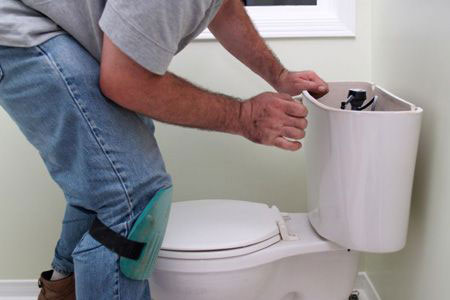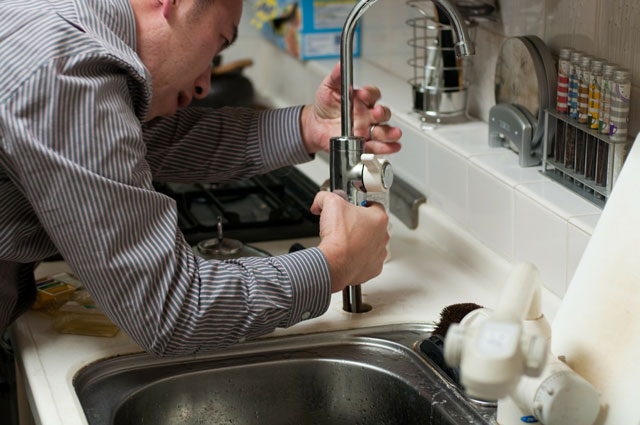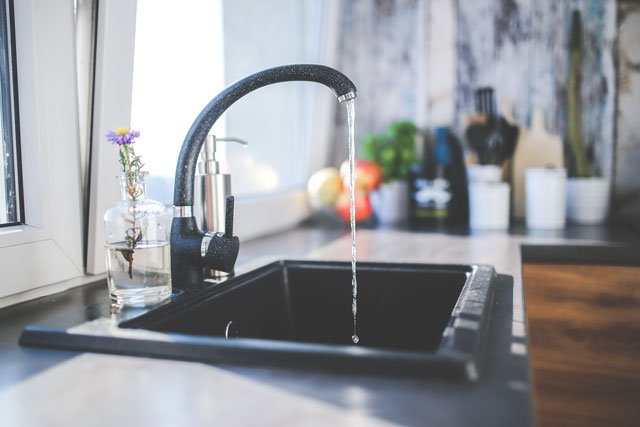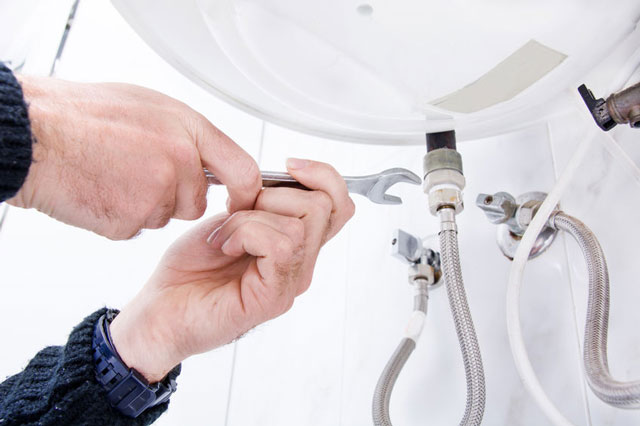Scottsdale Plumber
Plumbing Contractor
- Family Owned and Operated
- Satisfaction Guaranteed
- Stocked Trucks and Upfront Pricing
Choosing The Right Plumbing Company
It is important for your safety and your pocket to choose right the first time. As an experienced plumbing company, Scottsdale Plumber will offer you unparalleled commitment, service, and quality.
We completely understand the troubles of Scottsdale plumbing malfunctions, and we want to help put your mind at ease about choosing the right local plumbing contractor. When you work with us, you will always receive the most cost-efficient solution and multiple options for your problem. We will not push you to buy a service or product you do not need. If the problem can be solved with a simple repair, we will let you know. In most cases, a professional repair job will return your plumbing systems to normal and provide the same efficiency as a replacement—but costs you much less.
24 Hour Emergency Plumbing
We have a plumber on-call 7 days a week 24 hours a day. Whenever your emergency happens, we can get to you ASAP. We are here to help.
Water Heater Specialist
Our water heater specialists have been trained to install and repair your water heater. We handle tank, tankless, hybrid, and commercial heaters.
Professional Drain Cleaning
Cleaning your sewer and drain lines should be handled by a trained professional. We will clean them the proper way and not try to sell you a repair that's not necessary.
Why Choose Scottsdale Plumber?
100% Satisfaction
We are not happy until you are satisfied with our work
Customers Love Us
Referrals and repeat customers are our # 1 source of business
Licensed and Insured
We are fully licensed, bonded, and insured
24/7 Emergency Service
Our technicians are always just a call away
Trained Technicians
Our plumbers and apprentice plumbers undergo constant training
Stocked Trucks
Our trucks are stocked up and carry and wide assortment of plumbing materials
Local Master Plumbers At Your Service
ALL OF OUR TECHNICIANS ARE FULLY LICENSED AND INSURED PLUMBING EXPERTS WHO HAVE PASSED A FULL BACKGROUND TEST.
You can feel confident that when a Scottsdale Plumber technician arrives at your home or business, it’s an honest professional with years of experience.
Our team is committed to continual training and education. We keep up with current codes, standards, and industry innovations. Our team will work closely with you to cover all your preferences and needs. The entire process will be discussed with you upfront, including pricing and plan for action.
Are You Looking For An Expert Plumber Near Me?
You’re in the right place! Scottsdale Plumber is your local, BBB A+ rated professional plumbing team you can count on for all your plumbing needs. You will always be greeted by a friendly, knowledgeable, and trustworthy professional. We are available 24 hours a day for all your emergency plumbing needs. We treat every service call with the same level of urgency so you can get on with your life much sooner. Even a minor leak or plugged drain can turn into a major problem causing costly damage to your home or business. That’s why we show up quickly, get the problem under control, and return you to your normal routine without hassle.
Our expert plumbers are just a call away!


Fair, Honest Plumbing Service
Fair, honest service is what we aim to provide for all of our customers. If you are not satisfied with the results, we will fix the problem and make sure your system is able to provide reliable service for years to come.
Choosing quick fixes, like DIY “improvements,” often lead to costly damages, and choosing the wrong plumber can leave homeowners with faulty, overpriced work that might require a second round of repairs.
Call us now at
We’re the Ones You Call When Life Happens
As your local plumber, we know that there’s comfort in having familiar and friendly faces around. Here at Scottsdale Plumber, we’re your neighbors as much as your technicians and plumbers. We’re here to deliver the service and experience that you not only expect—but deserve!
Since 1948, we have been providing trusted local plumbing services to area homes and businesses. We’re the ones you call when having an emergency because your plumbing fails in the middle of the night. Or when there’s something wrong with your water heater and you need an honest diagnosis. We’re the ones you call when life happens—because we’re right here living it with you!
Reviews
See Our Reviews On




Quick Service On Emergency Call - 24/7
We’re here to help you 24 hours per day, 7 days per week.




